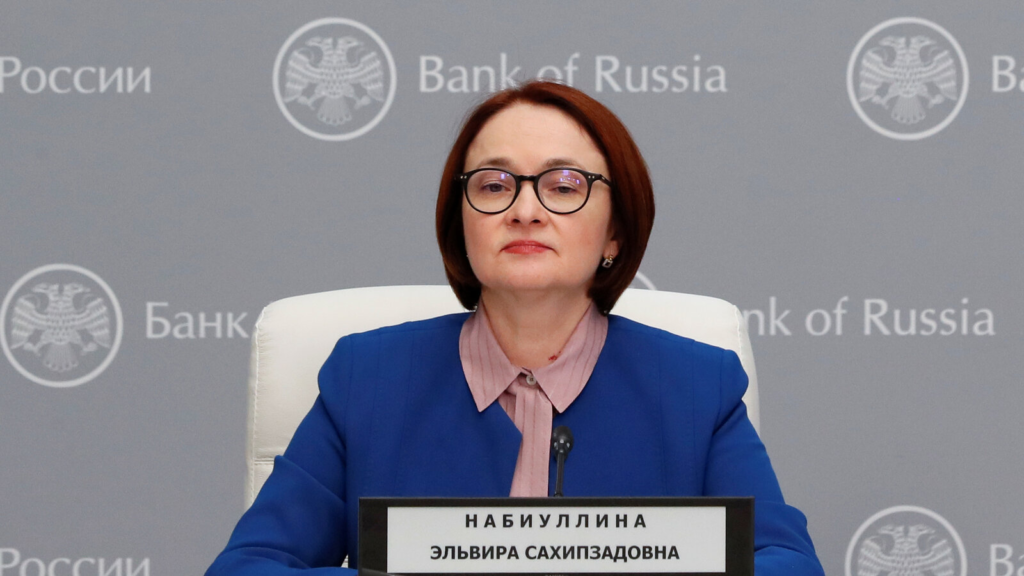The Russian central bank recently decided to keep its interest rate unchanged at a record 21%, despite high inflation. This decision underscores the delicate balance central banks must maintain between curbing inflation and fostering economic growth. Let’s explore how such decisions impact economies and identify parallels with India.

Russia’s Economic Struggles
The Central Bank of Russia has raised rates significantly in recent months to counter inflation driven by increased military spending. Factories are operating at full capacity to meet military demands, leading to wage growth and heightened consumer spending. However, these dynamics have also contributed to rising prices.
In addition, the depreciating value of the Russian ruble has made imports more expensive. Despite criticism from business leaders, the central bank chose to hold rates steady to balance inflation control and economic stability.
Why High Interest Rates Matter
High interest rates serve as a double-edged sword. On one side, they help tame inflation by discouraging borrowing and spending. On the other, they increase borrowing costs for businesses, potentially slowing investments and economic growth.
For instance, Russian businesses, particularly in defense and technology sectors, have raised concerns about the adverse effects of elevated rates. These challenges are not unlike those faced by emerging markets such as India.
Lessons for India
India’s Reserve Bank (RBI) also grapples with the task of balancing inflation control with economic growth. Factors like global crude oil price volatility and geopolitical tensions indirectly influence India’s economy. Here are some key takeaways for India from Russia’s experience:
- Focus on Core Inflation: Monitoring core inflation (excluding volatile food and fuel prices) can guide more effective monetary policy decisions.
- Currency Stability: The stability of the Indian rupee is crucial. A weaker rupee could escalate import costs, further fueling inflation.
- Support Growth Sectors: Policymakers should provide targeted incentives to vital sectors to offset the impact of high interest rates.
Key Differences Between India and Russia
| Factor | India | Russia |
|---|---|---|
| Interest Rate | ~6.5% (RBI repo rate) | 21% (Central Bank benchmark) |
| Inflation Rate | ~6% | 9.5% |
| Economic Growth | ~6.3% annually | ~4% annually |
| Currency Stability | Moderate fluctuations | Significant depreciation |
India’s economic indicators, including interest rates and inflation, remain relatively moderate compared to Russia. However, global disruptions like the Russia-Ukraine conflict can still influence India’s energy and food prices, highlighting the importance of proactive measures.
Conclusion
Russia’s interest rate decision exemplifies the challenges of striking a balance between inflation management and economic growth. India can draw valuable lessons from these experiences to ensure economic stability while fostering sustained growth.
Disclaimer: This article is for informational purposes only. It reflects general observations and does not constitute financial or investment advice. Readers should consult a financial advisor before making decisions. Finguys.in and its authors are not SEBI-registered analysts.